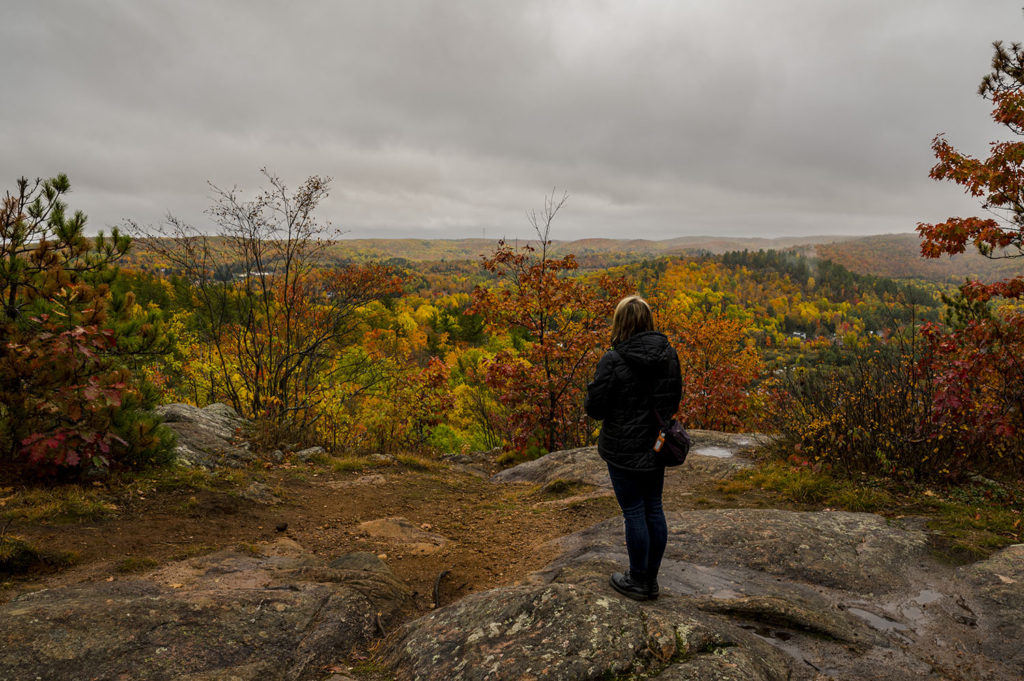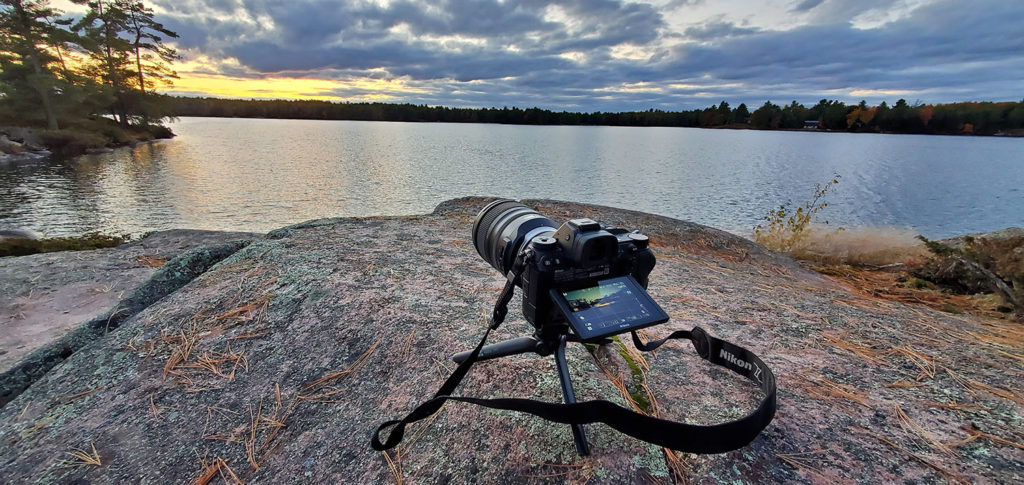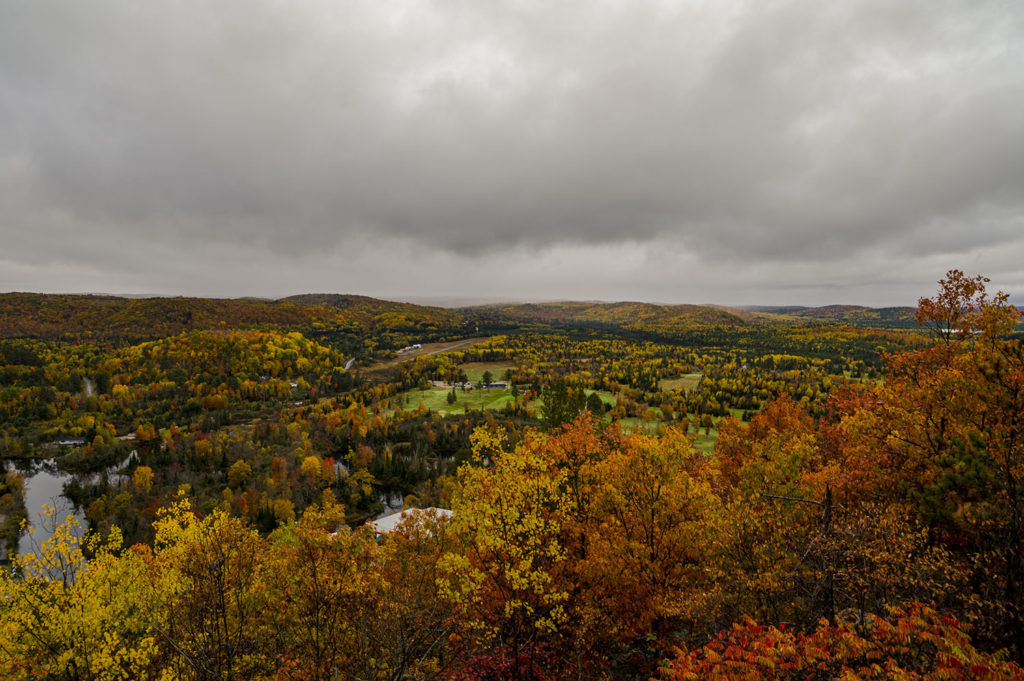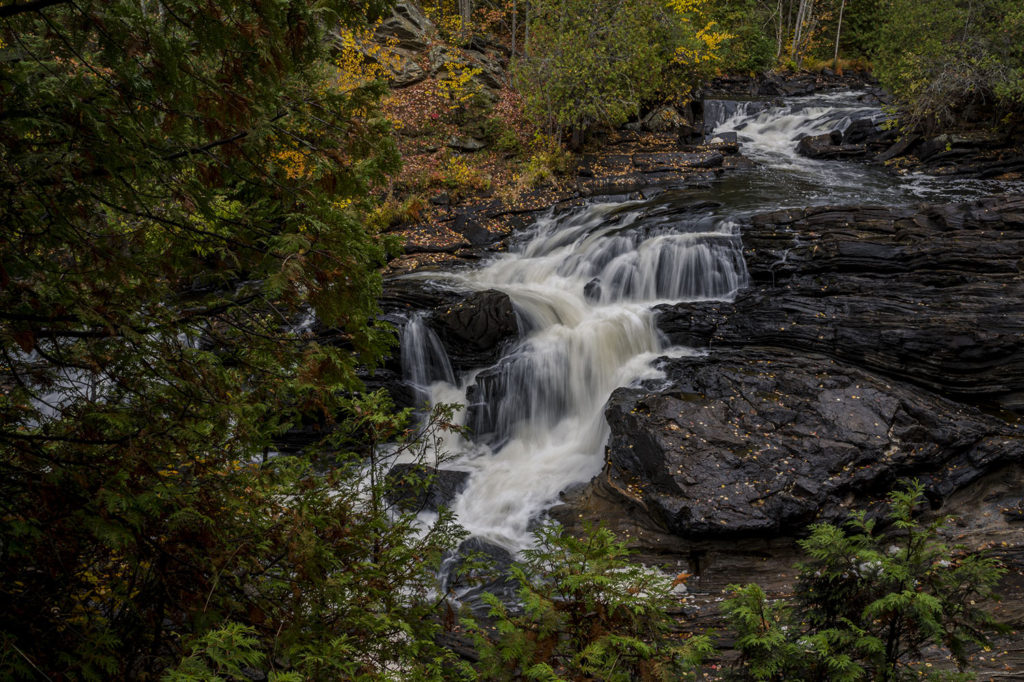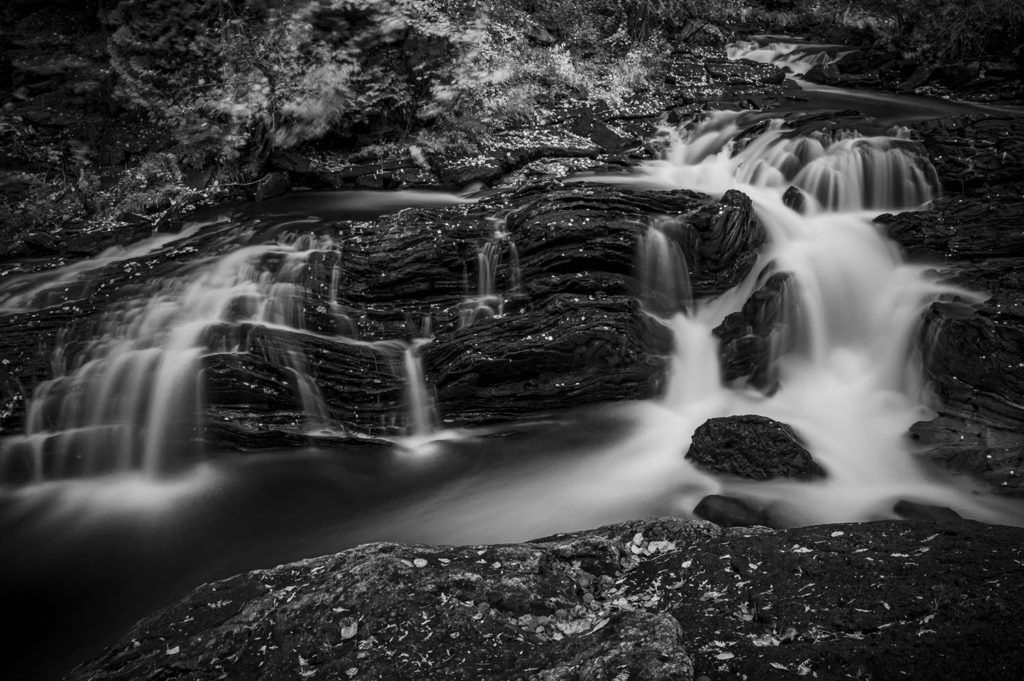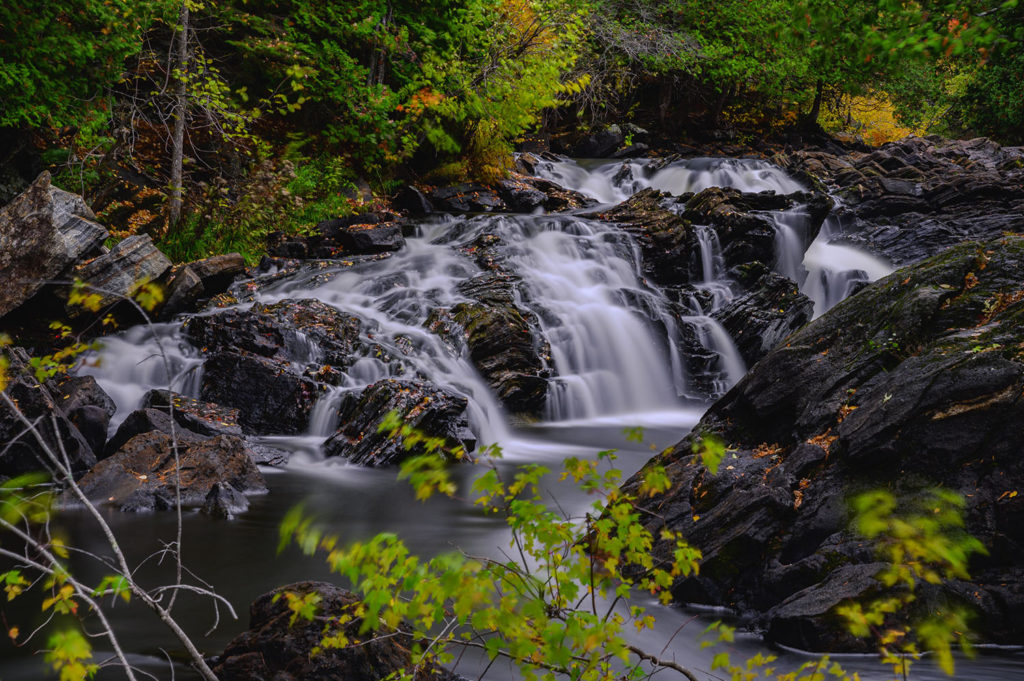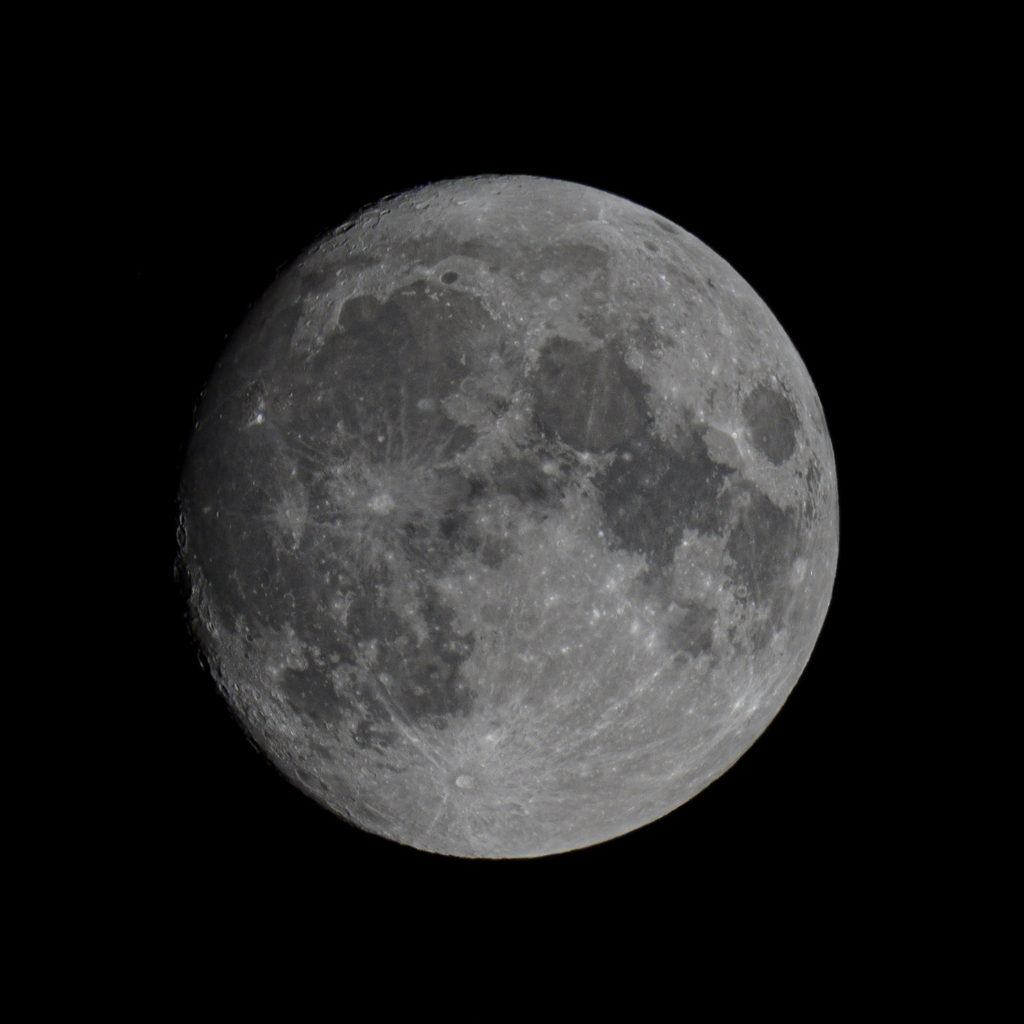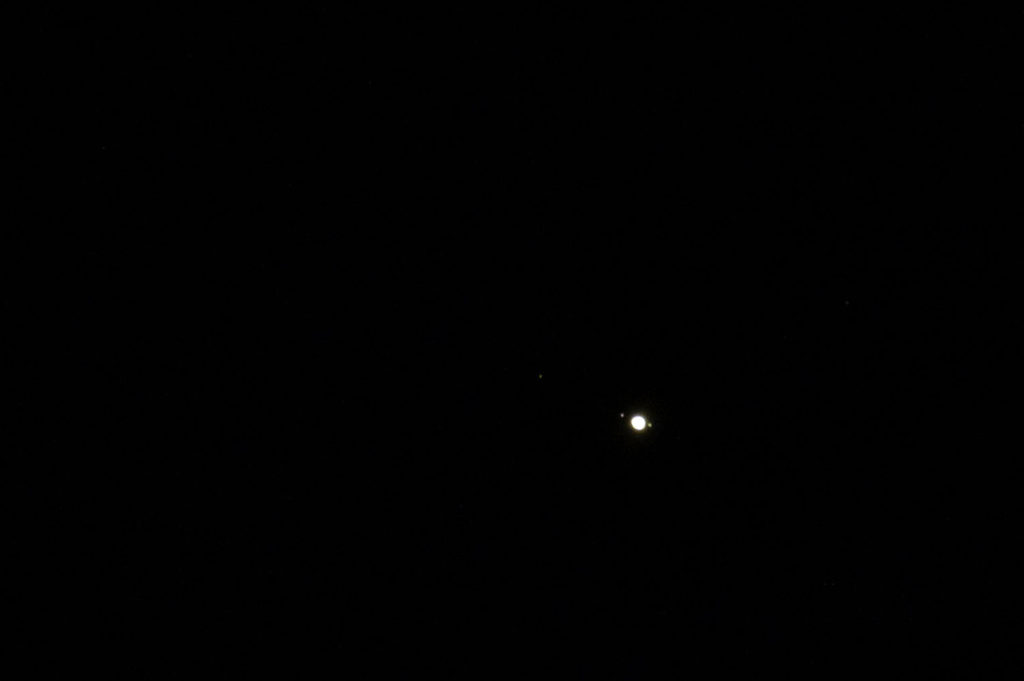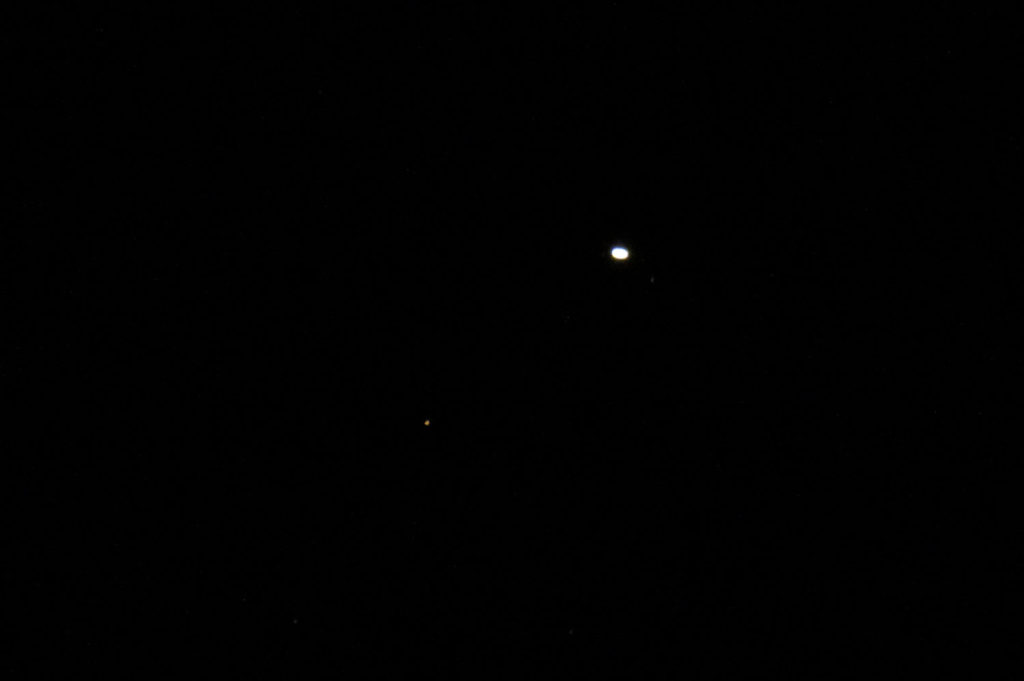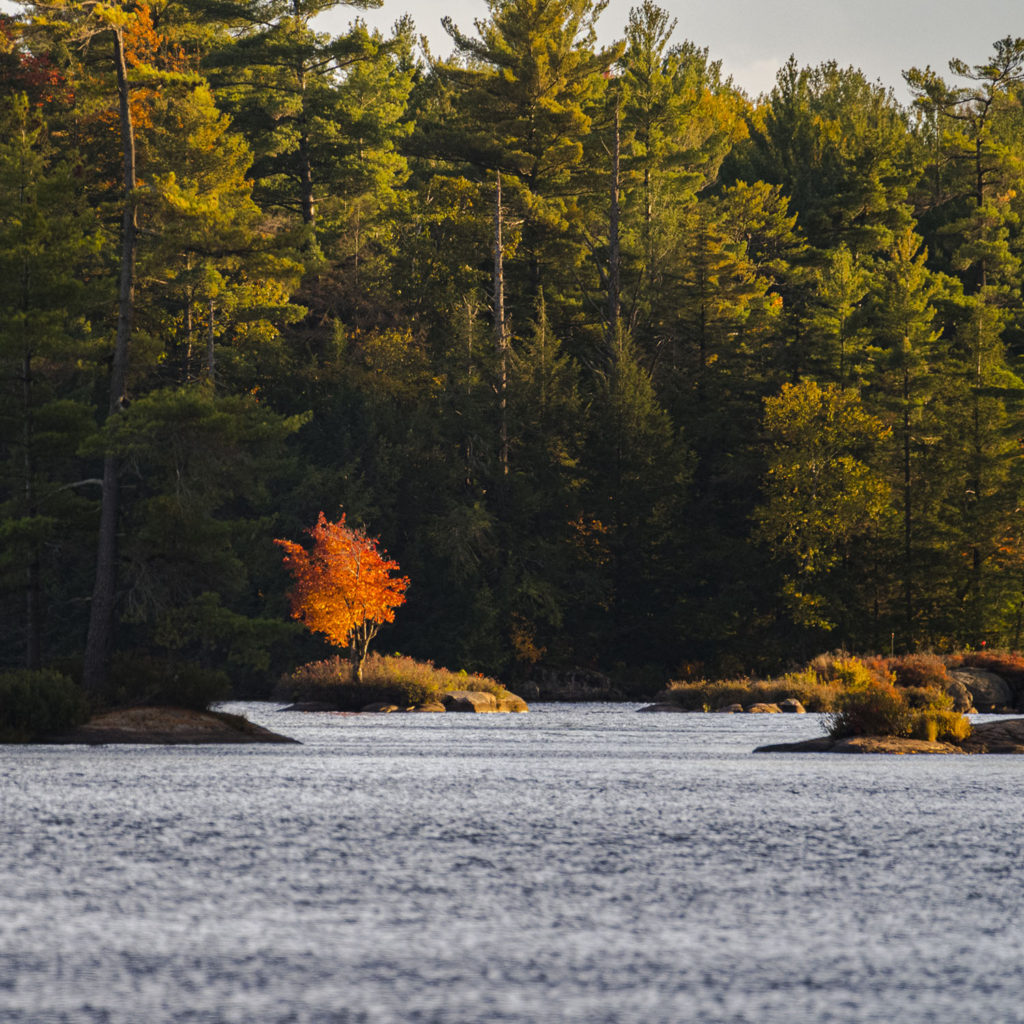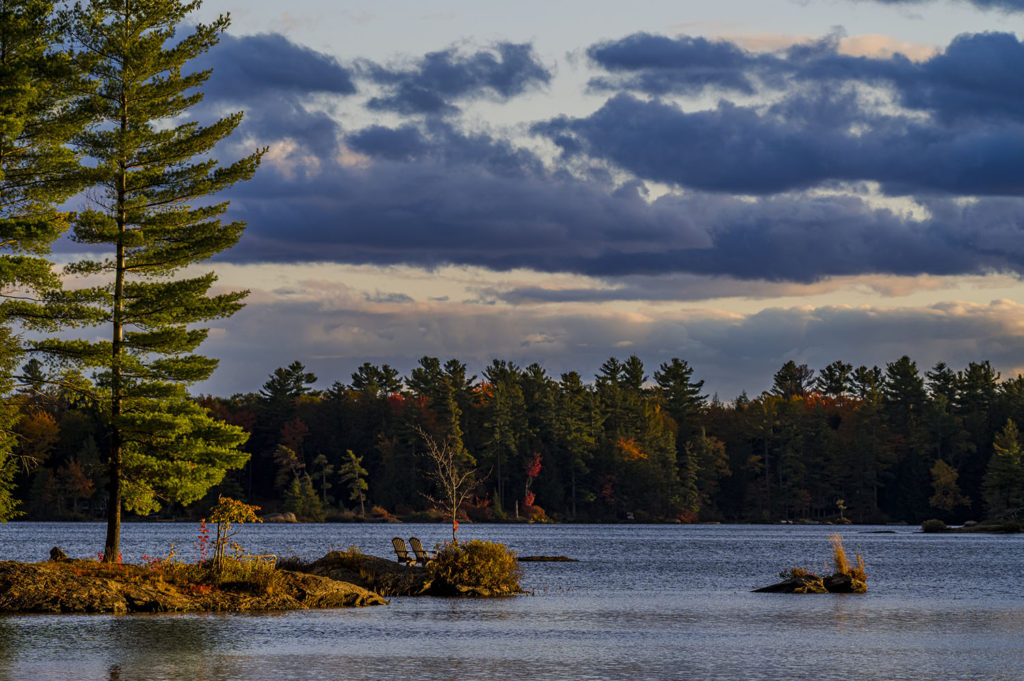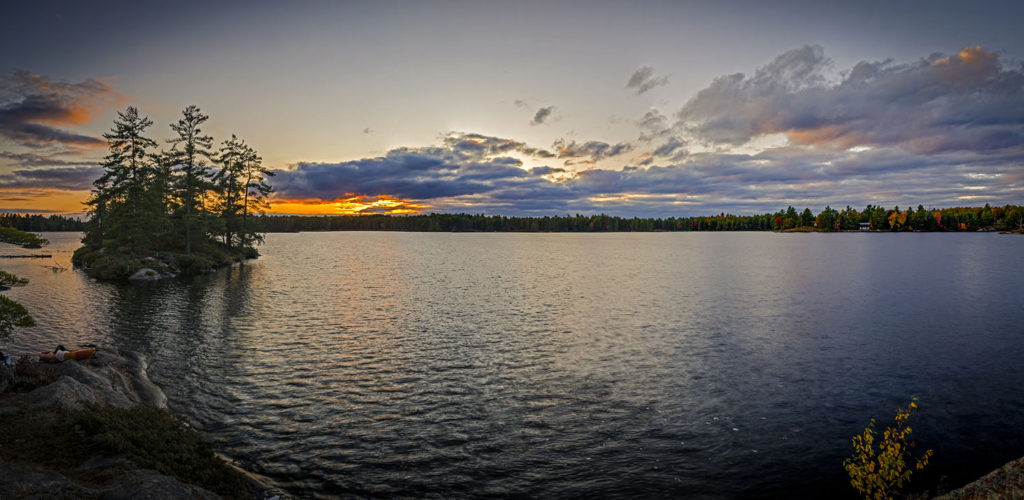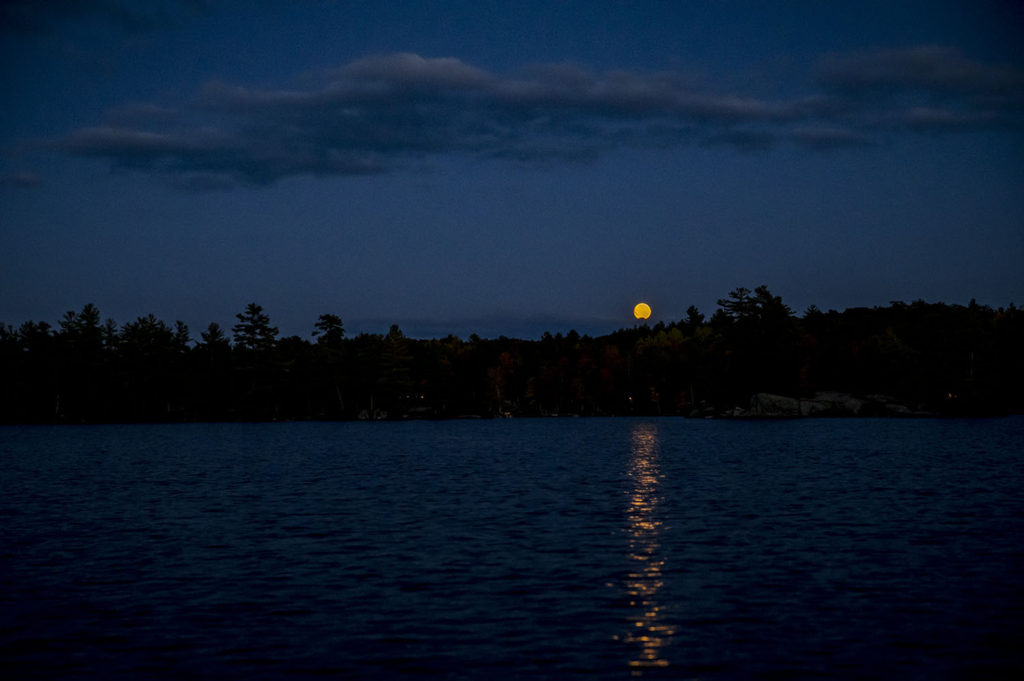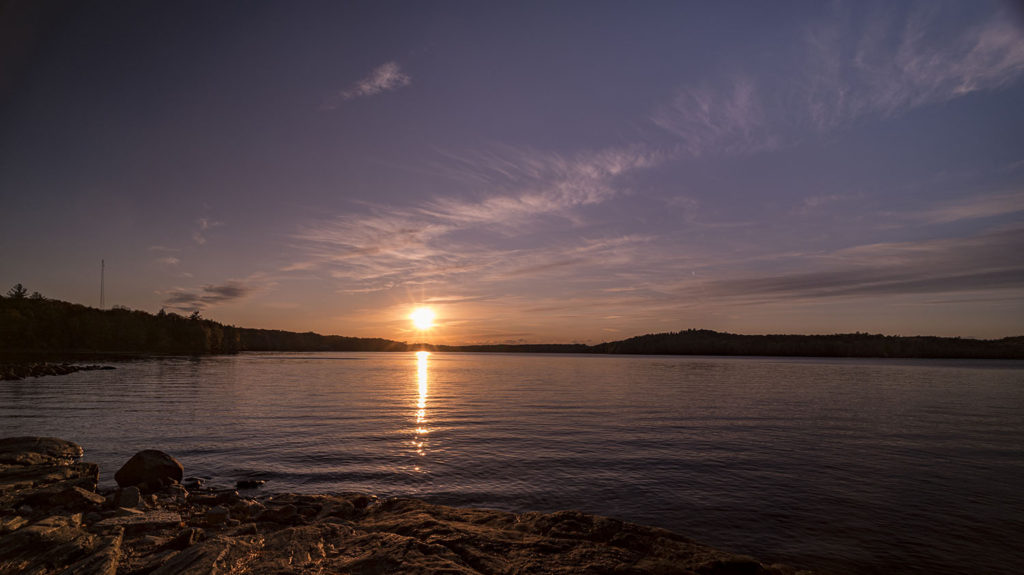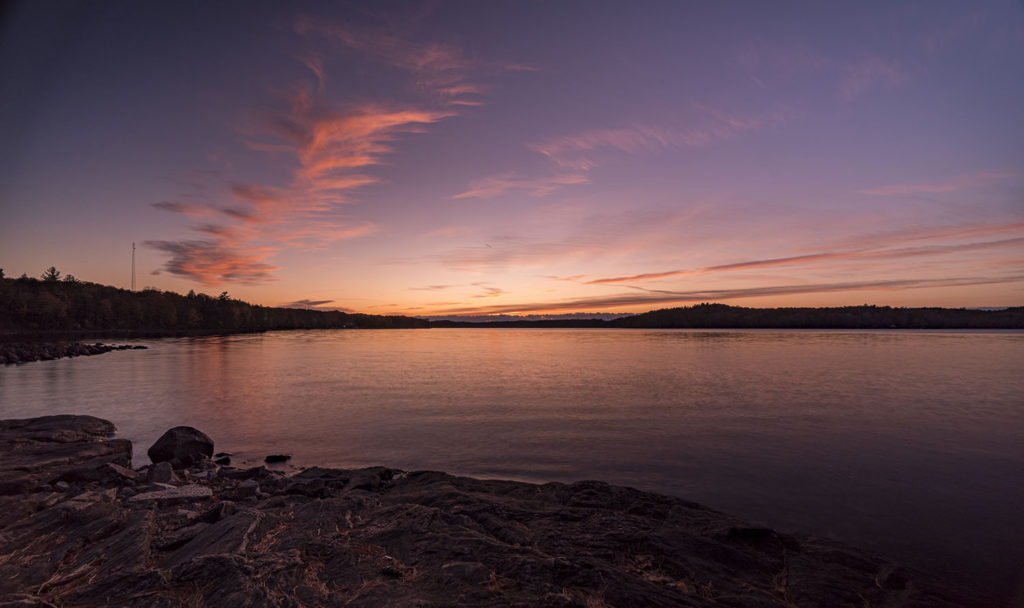Every Thanksgiving, my wife and I go away for an extended weekend to enjoy the stunning fall scenery as the leaves change. This year, we were in the Apsley area and the colours were perfect! We also had a couple of very pleasant surprises.
I was able to get my hands on a Nikon Z6 with the FTZ adapter. This is a camera that many readers ask me about – you especially want to know how it works with your Tamron and Laowa lenses. Read on, as I had a couple of my favourite lenses with me.
The three Tamron lenses I brought were the SP 15-30mm f/2.8 Di VC USD G2, SP 24-70mm f/2.8 Di VC USD G2 and SP 150-600mm f/5-6.3 Di VC USD G2. In addition, I had the Laowa 15mm f/4 Wide Angle Macro.
Let me start with my rookie mistake – I forgot to update the firmware on the 15-30 G2 before I left. It’s an easy thing to do with the Tap-In Console … plug in the console, attach the lens, run the app and it does the rest. I got crunched for time while packing and thought it would be fine. Oops. When I went to use the 15-30, the camera turned on and then gave me an “Err” message. Good thing I had the Laowa 15mm.
The 24-70 G2 and 150-600 G2 worked flawlessly. All focus modes and metering modes resulted in exactly what I wanted. Exposures were spot on and the images were sharp.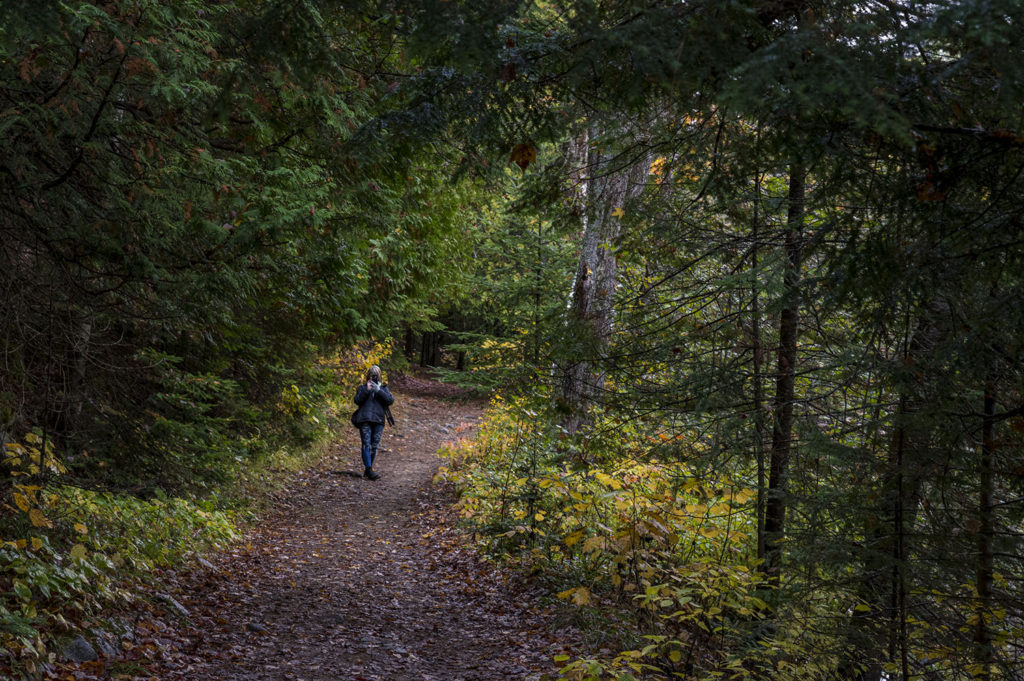

I prefer the 24-70 as my walkaround lens. I use it for about 80% of my personal work and this trip was no different. Whether it was an image of the fall colours from Eagle’s Nest in Bancroft, a portrait of my wife taking in the scenery or a close-up of some brightly-coloured leaves, the 24-70 G2 is a perfect lens for most images.
Once in Bancroft, we always head east to Egan Chute Provincial Park. It’s a hidden gem with a spectacular waterfall. What photographer doesn’t love a waterfall? The Laowa 15mm f/4 was perfect – especially with filters. Laowa are fully manual lenses – the Z6 has focus peaking so you can see what’s in focus. Everything worked as it should between the Z6 and Laowa lens.
I first used the Kenko REALPRO Circular Polarizer with a 1/5 second exposure at f/16, ISO100. The water was nice, but not what I wanted. I added a Kenko 10 stop Neutral Density and was able to get the exact images I wanted – 67 second and 126 second exposure times to get that creamy, silky water flowing over the rocks. Wow!
The pleasant surprises? The first was the near full moon on a cloudless night sky. I added my Kenko Pro 1.4x Extender to the 150-600 – a combination sure to throw the Z6 focus system into fits. It did and it didn’t. I was using my Yelangu A19 Carbon Fibre gimbal head on a Vanguard Alta Pro2+ Carbon Fibre tripod, so everything was smooth and steady. I was able to get a great image of the moon and the Z6 focused without issue.
However, the other part of that “treat” was clear views of Jupiter and Saturn in the Southern sky. No matter what I tried, I couldn’t get the camera to focus. Thankfully, the Z6 has focus confirmation built-in and the planets had a little red outline once I nailed focus. Both images are cropped to approximate a DX crop. You can see some of the moons around Jupiter.
I had an issue with the Z6 that I didn’t have last year with my D810 when shooting Saturn – Saturn is just a bright white blob that’s kinda circlish but has a donut around it. With my D810, you could clearly see the rings around the planet, but the Z6 couldn’t quite resolve that no matter what settings I tried. It may have been the slightly lower resolution sensor combined with a little less dynamic range and some of the highlights clipping.
A couple of evenings later, there was a gorgeous golden light at sunset. I spotted a red Maple across the lake. The Z6 with the 1.4x extender and 150-600 G2 was able to focus perfectly (that’s 850mm focal length!!).
I zoomed the lens back and focused on the point of the property across from us – they have two Muskoka chairs that have the best view of the sunset on the lake. These two images were taken handheld – the Vibration Compensation on the 150-600 G2 worked perfectly at 1/320s.
The other treat turned out to be a great test for the Vibration Compensation on the 24-70 G2 – a rising full moon and mainly cloudless sky. For this test, I was shooting from my kayak! My wife and I paddled out to watch the sunset from our favourite island. I took an eight-image pano, handheld, from the island that Photoshop CC stitched together brilliantly.
We knew it would be about 20 minutes for moonrise (thanks to TPE app for Android) and the direction (thanks Google Sky Map), so we paddled across the lake to a secluded bay. There was a bit of wind, so the boats were bobbing in the waves. We waited patiently for the moon to rise. As it did, I settled on f/4.5, 1/60s ISO3200 to get a nicely balanced exposure. I was worried that the bobbing of the kayak would affect the image but the Tamron 24-70 G2 didn’t let me down.
On our last evening, the sky was a little “blah”, but we wanted to watch the sunset. With no time to paddle out to our favourite spot, we drove down to the provincial park boat launch at Anstruther Lake and sat on the rocks. The tilting viewfinder on the Z6 was perfect – with the Laowa 15mm f/4 attached, I had a nice wide view. The screen brightens automatically so you can properly compose your image. I overlaid the level, dialed in my Circular Polarizer and then picked my exposure. The colours are gorgeous.
Autumn, I will miss you. The bold and blustery “thousand-shades-of-white” season is coming. New adventures, new photographs to make. At least I know my Tamron and Laowa lenses will work with the Z6, and I’ve already updated the firmware on the 15-30 G2 in anticipation.

About the Author – Will Prentice (www.capturaphoto.ca) is a professional photographer based out of Whitby, Ontario and Brand Specialist – Lighting for Amplis.



